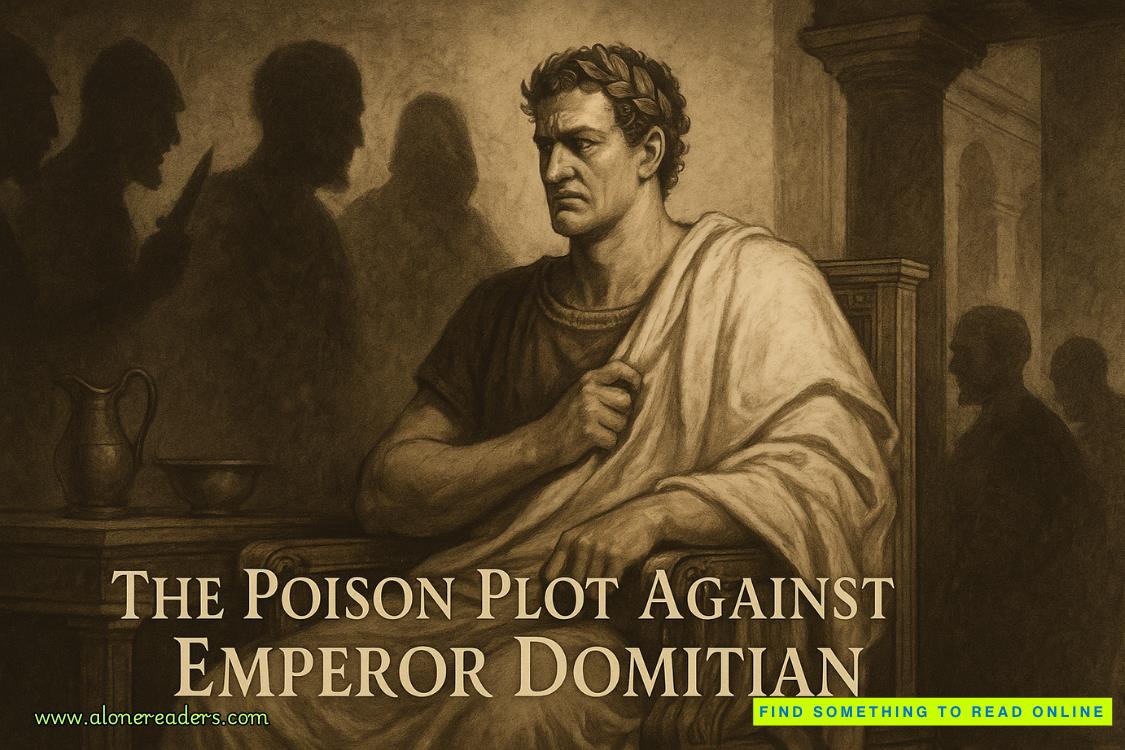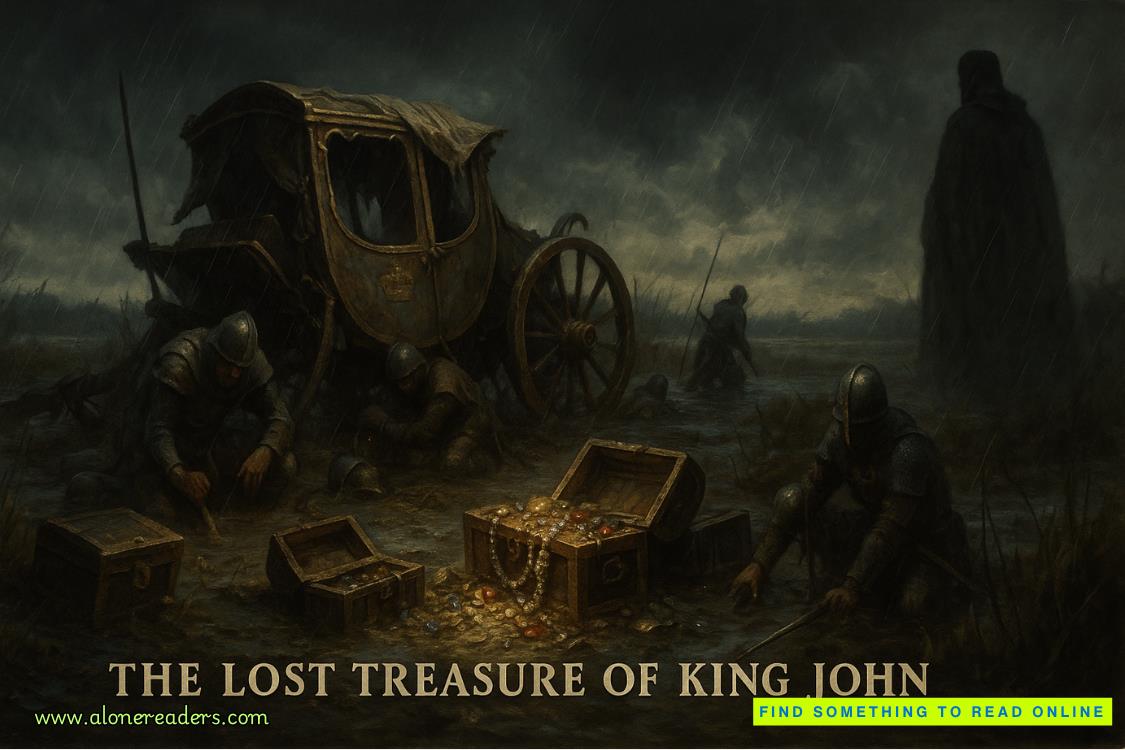Page 83 of Dragon Bones (Red Princess 3)
By now Brian and Catherine were more than just friends, but Stuart Miller’s pampered only child was way out of Brian’s league. Although others at the site had painted him as an outdoorsman, it turned out that his desire for solitude had been born out of the necessity of putting some distance between himself and Catherine. On weekends, he headed into the hills. He wasn’t a great artist, but he drew what he saw. During the week he scouted out different places until he settled on the little stretch of beach where his belongings were later found.
August 7—Today I finally met the old blind man and his family whose house I pass to get to my beach. Their land is poor. The son and his wife aren’t educated. They’re the first people I’ve met here who aren’t curious about me. I guess a foreigner passing by your door isn’t worth the energy when you’re practically starving to death. Just past their house is the trail I take to get down here. It’s so quiet you can hear pebbles rolling along the riverbed. I can see the Unlocked Gates Gorge across the way. Partway up the hill is the Beheading Dragon Platform. On the other side of the gully is the Binding Dragon Pillar. Next Sunday I’ll try to get over there.
A couple of days later:
I passed the Wu house again today. The old man is a wild one. The son is no different. The daughter-in-law is very shy. Today she was washing clothes in the river near where I have my lunch. At first she wouldn’t answer my questions. I teased her, saying I thought a fox spirit had stolen her tongue. She said my accent was atrocious. Actually she said I was as hard to understand as a river turtle.
As promised, he did go exploring farther east.
Explored the Unlocked Gates Gorge today. On my way back I ran into the Wu daughter-in-law, and she explained some of the stories that relate to the gorge’s geogr
aphy. It seems that the Jade Dragon left his home on the upper reaches of the Bashan Stream to go visiting. The creature got lost, became angry, and in his rage caused mountains to crumble, land to flood, and people and livestock to die. A goddess threw a string of pearls into the air, which turned into a rope that bound the dragon to the pillar. The goddess then ordered Da Yu to behead the dragon on the platform. Wu Taitai pointed out the coiled shape of striated stone where the dragon can be seen. Although she is a Society member, I haven’t seen her at a meeting.
Toward the end of summer, Michael Quon returned to the dig for a couple of days and wanted to go caving, but for some reason Brian balked. “Some people think that their money can buy them anything, but I’m not for sale.” This comment brought him back to Catherine.
The prank that she had cooked up about the Nine Tripods had backfired. Lily was completely obsessed with the missing tripod. She needed someone to retrieve it from the whirlpool, and that someone was Brian. “As if,” he wrote. By this time, Brian had acted as a go-between between Lily and Wu Huadong; her payments would make a huge difference to the Wu family. Notably, from David’s perspective, Brian didn’t mention what relinquishing his travel up and down the river would do to his aspirations for becoming an All-Patriotic Society lieutenant. In fact, David realized, Brian hadn’t written about Xiao Da or the Society since his entry about the Wu girl being a follower.
Brian’s last two weekends had been spent literally underground as he explored local caves. Reemerging into the sunlight after one descent, he finally noticed what Hulan had seen on her first day at the dig. The site and the surrounding area were uncommonly barren. On September 9, he wrote that he had an idea about the land and made a note to talk to his sister about it when he got back to Seattle. His last entry before leaving China read:
No one would believe in a thousand years how I got home today. Lily would love it, because it would be a great embellishment to her stories. Maybe I’ll tell her when I come back next year. I could make some real money.
David closed his eyes for a moment as a deep unease settled into him. A blunder had given him the diary. In a way he was glad he had it, because he was sure he had more pieces of the puzzle than Hulan did, but he was worried about her. He’d gotten this far since he’d left her at the Three Gorges Dam yesterday. Where was she now in her investigation?
David took a deep breath and picked up the story with Brian’s return to the University of Washington. He devoted himself to his classwork and to applying for a new Miller Fellowship. His journal evolved from being a personal record to being a place where he kept track of his research for his master’s thesis and future dissertation. He studied early jade, in particular bis and chimes. These shapes were the same as the objects that had been up for auction at Cosgrove’s last night. Brian had been looking at these pieces a year ago!
He then began an examination of the differences between a gui and a ruyi. David bolted upright as he read that last word. Here again, Brian was interested in an object months ago that had catapulted David into this horrible situation. As usual, Brian stuck with an academic approach as he described the differences. Both objects shared similar inspirations and aspirations; both were considered scepters. But as time passed, guis— usually in the form of carved jade tablets—had ceased being given as “passports” for important assignments and had been used by court officials to hold in front of their mouths to deflect their breath away from the emperor. The ruyi, by contrast, was believed to have emerged centuries later from the Buddhist tradition. In its root or fungi form, it was used as a meditative object not unlike scholar’s rocks. People then began to make ruyis in other materials for use as scepters. They had also been given as imperial gifts for nuptials and in honor of deeds well done. Today the back scratcher with its fingerlike phalanges was a direct—though plebeian—descendant of the ruyi.
Despite what the history books said, Brian had a very different take on the gui and ruyi. In archaeological terms, it seemed to him that the gui had to have developed after the ruyi, which had its source in a natural element. Again and again Brian went back to some obscure scholarly debate about Yu’s “dark-colored stone.” Had it been given at the beginning of Yu’s quest? Or was it, as some scholars believed, an object that Yu found in his travels—an artifact so precious and remarkable that it would be worthy of presentation to a sovereign? Was the stone actually a stone? Couldn’t it be interpreted as something dark and hard, like a petrified mushroom? “I think this could connect to what I found in the earth around Site 518,” Brian wrote. “I need to take this up with Angela but not until I’m absolutely sure. No point in getting her hopes up needlessly.”
Again David stopped to reread the passage. This was the second time Brian had mentioned that there was something of interest at the dig to Angela.
In mid-March, Brian had spun back again to Yu with the cryptic question
Which version of Yu’s world is correct? Do we follow what is written in the Tribute of Yu document, which describes the Nine Provinces and Nine Tributes, paving the way for the first tithing system on earth?
Xiao Da had talked about Nine Tributes. Was Brian beginning to question the All-Patriotic Society’s policies?
On the other hand, what are we to make of Yu’s map of his domains? Yu ordered two officials to pace off the world from east to west and from north to south. They determined that the world was perfectly square. Leave it to a mathematician like Yu to come up with a scheme like that!
Next to this was a full-page drawing showing Yu’s world with several squares lined up concentrically, each with its own designation. It was a crude version of the symbol David had seen on the top of the building near the Bank of China tower earlier tonight. How did it relate to any of this? Brian continued:
Did Yu mean for the map to be taken literally or as a figurative map of politics and culture? Xiao Da has used it for commercial purposes, but I’m not so sure he understands its true significance. If he does, then he’s more dangerous than I thought. More research required.
But by April, Brian had arrived at a conclusion that had nothing to do with Xiao Da.
The pictographic nature of the Chinese language encourages the idea of mapping not only in the practical sense of creating a visual record of the domain but also within the language itself. Characters are not just words in the traditional sense; they are also geographic clues. E-mail Dr. Strong about this. It’s in the characters. I know it now!
After bouncing from one interest to another—from Lily to Catherine, from Xiao Da to the vultures, from archaeology to literature—Brian had finally found his intellectual passion. He zeroed in on Yu, his map, and early Chinese language. According to the journal, Brian peppered Strong with e-mails, made charts of early characters found on dragon bones and how those characters had evolved into present-day Chinese, narrowing himself to those that were pictographic rather than phonetic in composition. The archaic character for below was a line with a dot below it, rain came down as drops falling from the sky, door was comparable to the swinging doors in a western saloon. Here was the character for mountain (three linked peaks), field (four cultivated squares), cave (a rounded portal with two boulders hanging in the corners), and river (the three squiggly lines David had seen branded into Lily’s forehead). Just as David had once been interested in the layering of written Chinese—how two trees created the word for “forest”—Brian expanded on certain ancient characters and their meanings. A river with a line drawn through it became misfortune or calamity—both caused by flooding—while a heart beneath a window illustrated the concept of alarm or agitation—to know with a tremulous heart what was coming.
At the end of May, Brian received news that he’d been awarded a second Miller Fellowship, which would allow him to stay longer at Site 518 and flesh out his myriad ideas. He revisited his initial Miller proposal, added what he’d learned since he’d submitted it, and composed a draft of what he hoped would become his dissertation topic.
Legend has it that China’s Three Gorges were created by a folk hero named Da Yu, who—with the help of dragons— configured China’s hills and valleys to drain the land and make it habitable for humans. Dragon bones are the mythical bones of dragons, which are said to have magical powers—the ability to give superhuman strength, the ability to heal, the ability to triumph over adversity, and the ability to lead. But dragon bones were actually oracle bones, which form the earliest recorded Chinese written language. However, the time has come for us to consider that there may be earlier “dragon bones” to be found in nature and that these—and not oracle bones—are the true source of Chinese characters. In these natural dragon bones we will find a skeletal structure, which gives the country its myths, political realities, and even its codes of behavior and emotional resonance. These “bones” (and longmai—veins) weave together a geography that holds China in an embrace of meaning, linking the plains and mountains of the physical world with the emotions, thoughts, and culture of the humans who reside upon it.
Brian arrived back in Bashan on June 20. He made no mention of who was at the site other than Dr. Strong, with whom he shared his theories and discoveries. Unfortunately, Strong’s mind had slipped even further, and he was of little help. Brian wrote nothing more on his camping trips, what was being unearthed at the dig, or even the All-Patriotic Society. However, he did encounter Lily, and she was most adamant that he bring her new artifacts. He refused.
Then, on June 30, he scribbled:
Our joke on Lily has ended tragically. How much could she have paid Wu Huadong to dive in the whirlpool? Of course she denies any responsibility. In fact, she blames me. If I had brought her new artifacts from my “treasure trove,” as she now calls it, this never would have happened. How can she not take responsibility and blame















